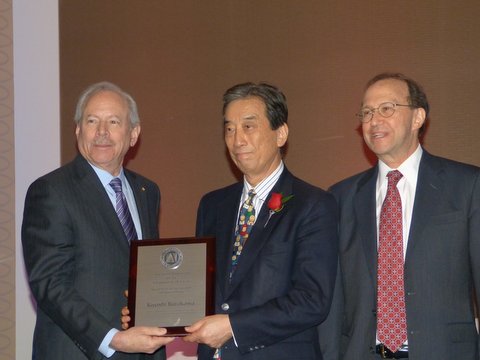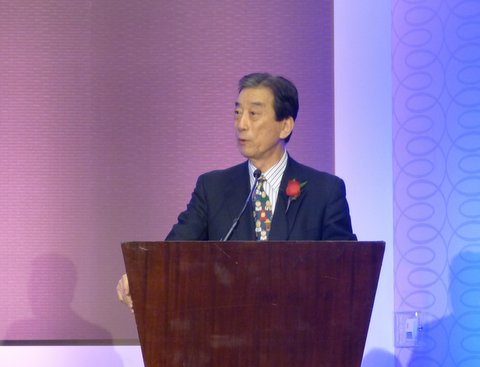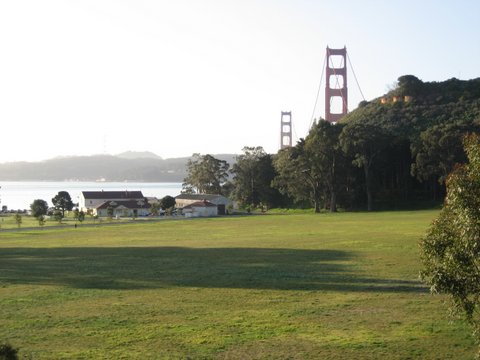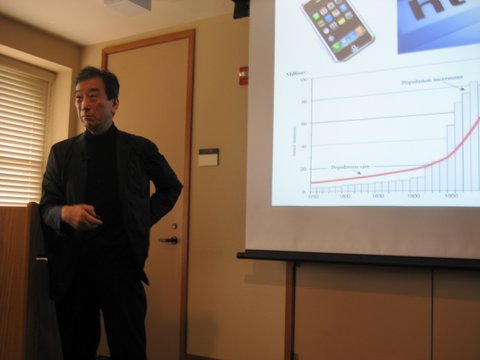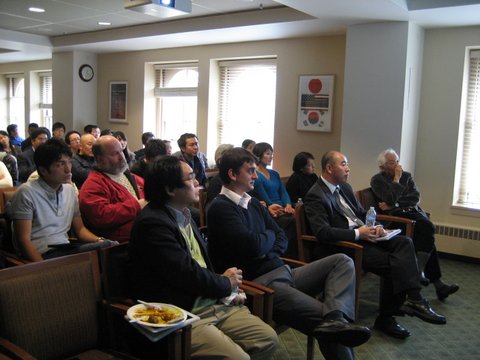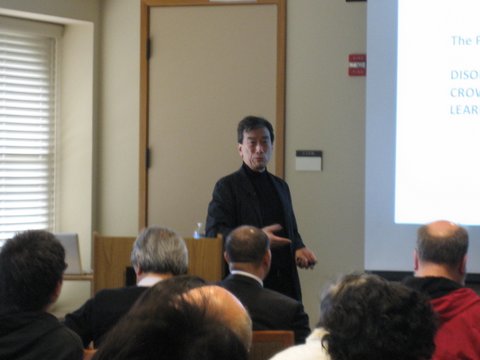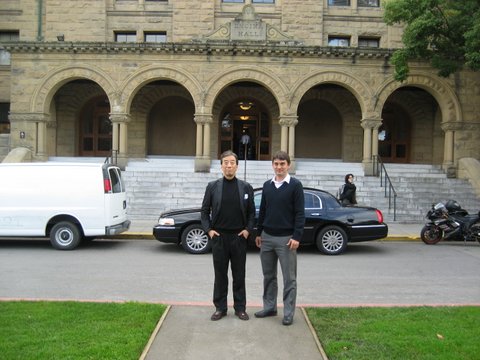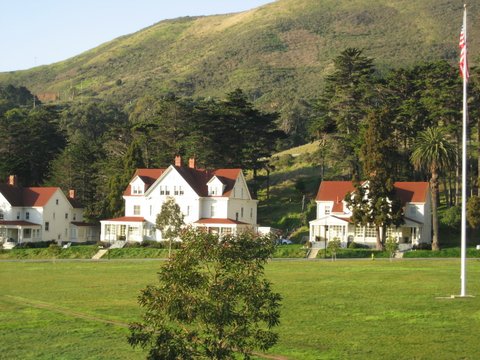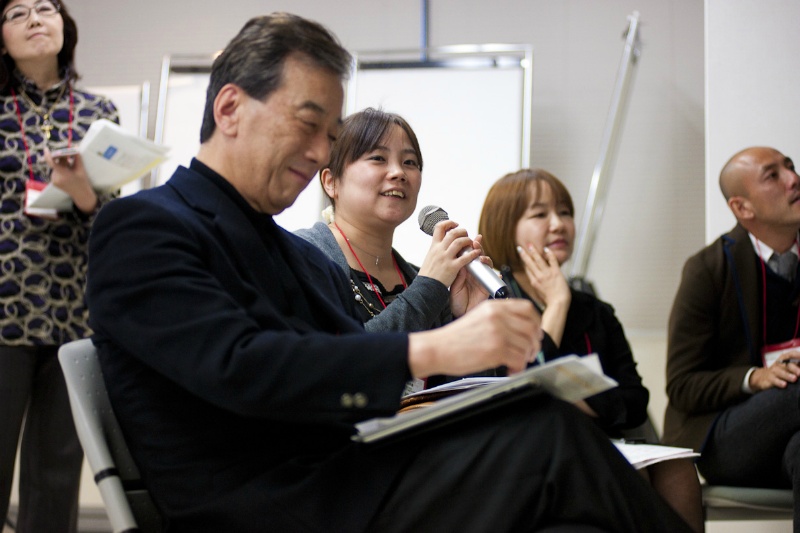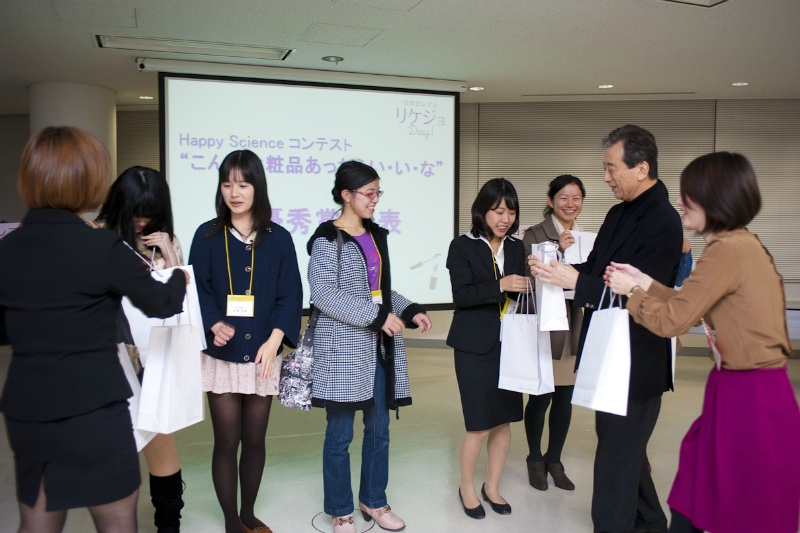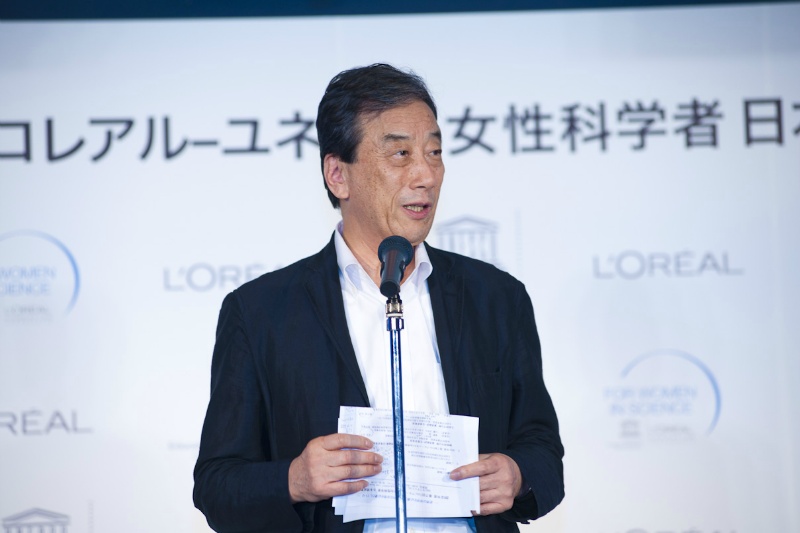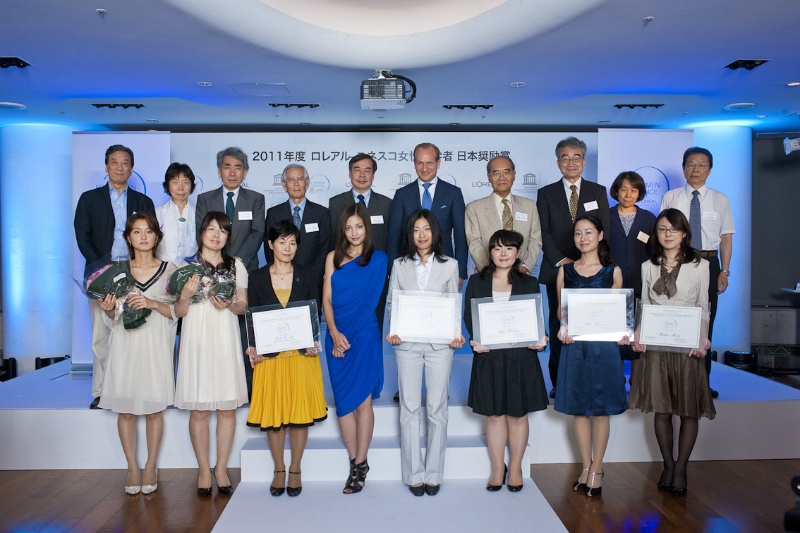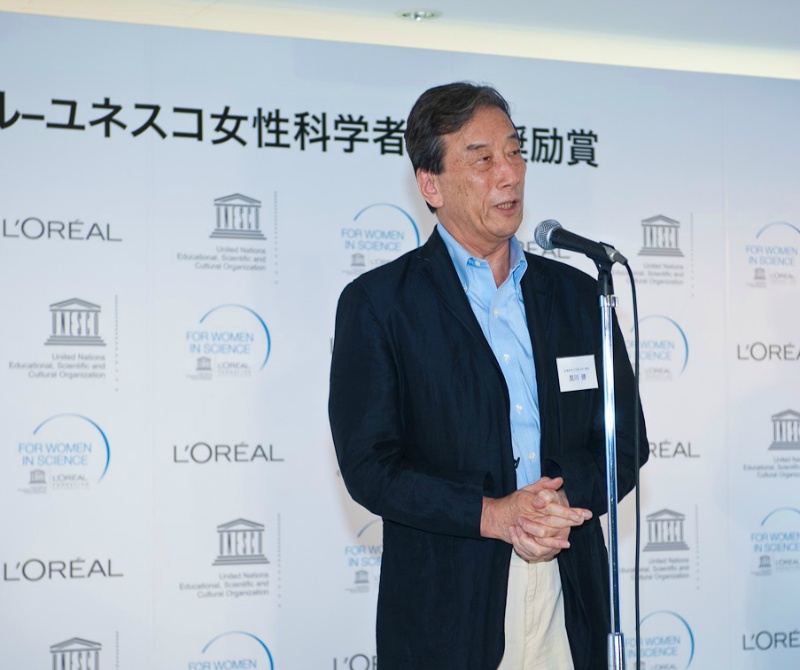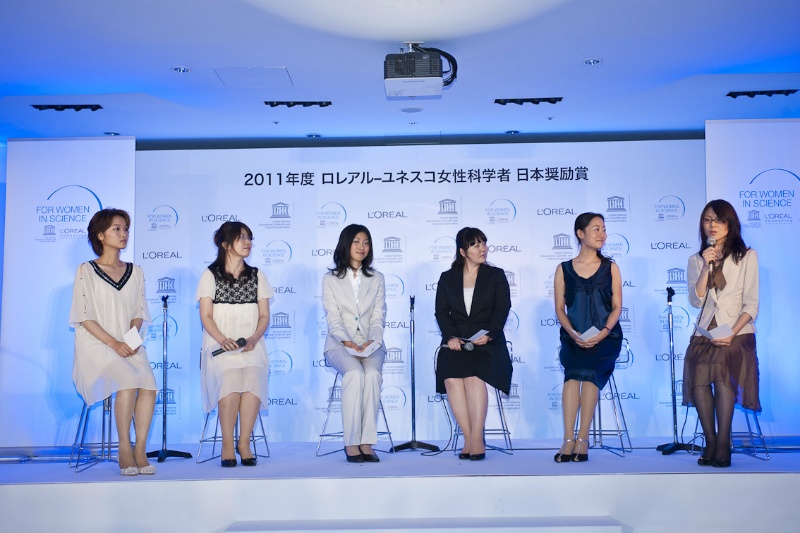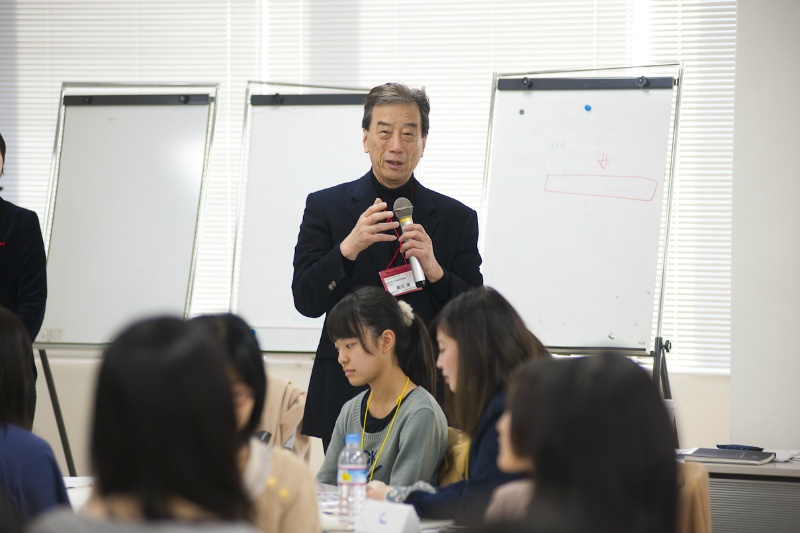After returning from my Paris – Boston trip, I was in Tokyo for one week and was quite busy. On the 22nd, the Health Summit (1)of the Health and Global Policy Institute (HGPI) was held. Both the panellists and audience were outstanding and was a great success. I received many kind words of thanks and support from many individuals. The panel was excellent, perhaps due to our focus on the challenges facing Japan two years after the March 11, 2011 earthquake and tsunami and Fukushima nuclear power plant accident. Reconstruction Minister Takumi Nemoto gave a greeting, and the wife of Ambassador Roos sat on the Gender Equality panel. Please see the HGPI website to learn more about the Health Summit. Reports will be uploaded shortly.
On the 24th Sunday, I took a thirty-hour flight to mid-summer Rio de Janeiro. For the past ten years, I have been deeply involved with the “InterAcademy Panel” as Vice-President and President of the Science Council of Japan (SCJ), and I was asked by SCJ and IAP to serve on the panel at the general conference.
This time I flew via Dubai, flying twelve hours from Narita to Dubai, stopping over there for two hours, and then flying to Rio de Janeiro for fifteen hours. Both flights were Emirates and were very convenient. I slept from time to time, watched a few movies and had a restful trip.
Rio was very hot, around 30 to 35C, but I was almost always inside the conference rooms and I was able to enjoy my time meeting with many friends. The main theme of the conference was “Grand Challenges and Integrated Innovation: Science for Poverty Eradication and Sustainable Development”. I went to the conference venue for the last afternoon session of Feb 25th. Peter Singer of Grand Challenges Canada lead the session.
The next morning, I took a wonderful hour long stroll along the Copacabana beach. I spent the day attending the conferences, had dinner with Chairman Onishi of the Science Council of Japan and some others, and at two in the morning, took the Emirates flight back the route which I came.
With the multitude of changes occurring throughout the world, academia must not fall short of being highly aware of its role as an important actor. On this note, the closed session on the report by the Royal Society, “Science as an Open Enterprise 2012,” in which the Editor-in-Chief of Nature, Philip Campbell was a panelist (and also one of the commission members of the report), was excellent. The high awareness and active approach of British scientists, who continuously publish pioneering reports on new topics, is outstanding. The British government takes the same approach, for example, see the “Stern Report”.
By the way, this time n the flights, the movies which I thought were particularly good were “Chasing Mavericks” (US) and “All About My Wife” (Korea). Although it was business class, the screen was large and there was a good line up of movies. I have already seen academy nominated films such as “Lincoln” (congratulations on winning the Academy Award for Best Actor) some time ago.
However, I was disappointed that I could not take the “shower in midair”, since I did not ride first class on any of the flights between Narita and Dubai.
